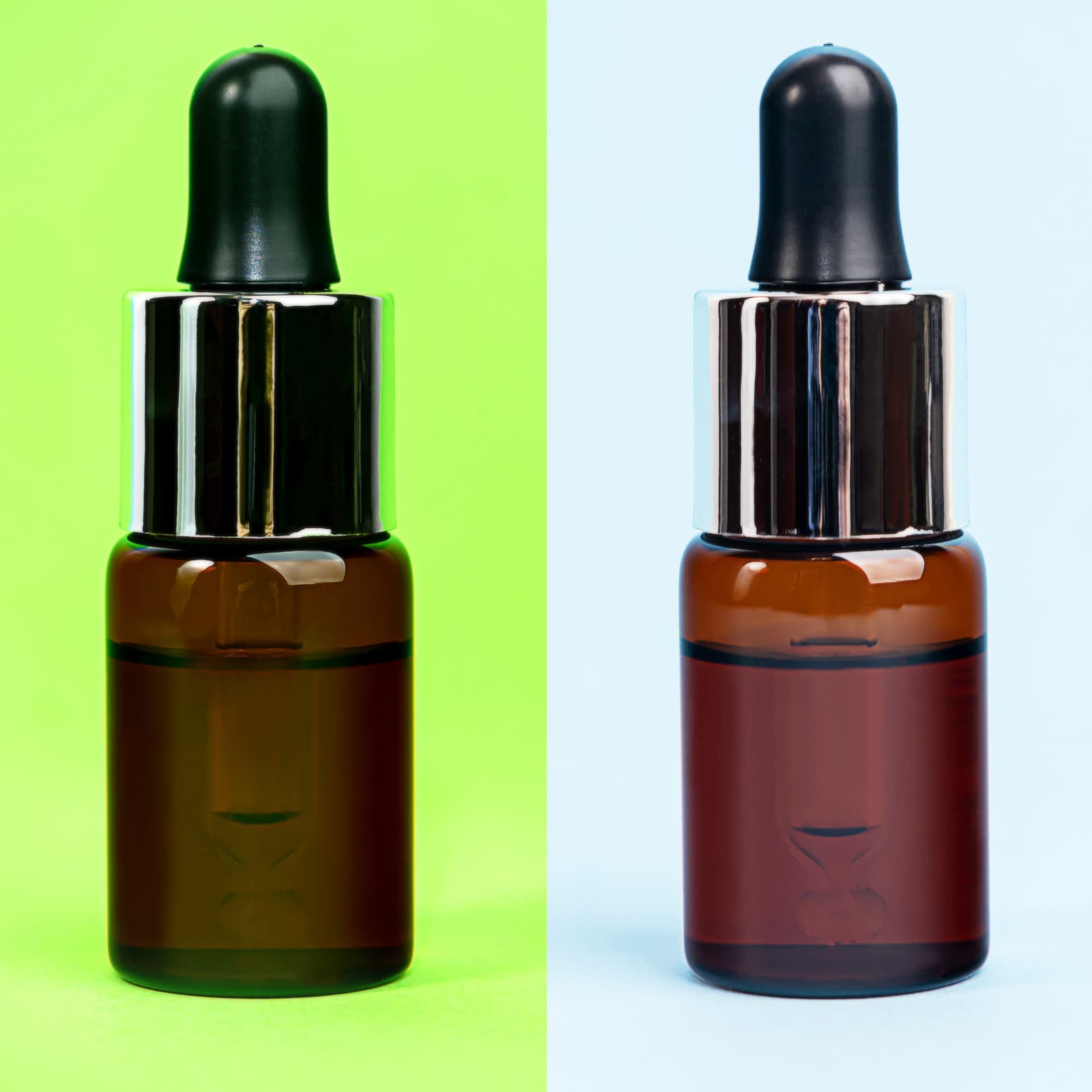
- POPSUGAR Australia
- Beauty
- You Know Hyperpigmentation, but What Is Hypopigmentation? A Dermatologist Explains
You Know Hyperpigmentation, but What Is Hypopigmentation? A Dermatologist Explains

You may be familiar with hyperpigmentation – dark spots or discolouration found on the skin and commonly caused by acne, sun exposure, or other trauma – but are you familiar with it hypopigmentation? While hyperpimentation and dark spots are often at the forefront of conversations surrounding skin conditions, the latter isn’t as frequently talked about and therefore, not as well known.
Hypopigmentation is where an area of the skin is lighter in colour than the rest of the skin tone, as opposed to hyperpigmentation where it’s darker. It’s more visible in those with darker skin tones because it causes a stronger contrast, but it can happen to anyone.
Keep reading to learn more about this condition of the skin, what causes it, and how to treat it.
What Causes Hypopigmentation?
The causes of hypopigmentation range from post-inflammatory responses to autoimmune conditions. If your hypopigmentation is the post-inflammatory type, it can occur following irritation on the skin. “For example, after a red inflamed rash has subsided it could temporarily leave an area of hypopigmentation,” board-certified dermatologist Hadley King, MD, told POPSUGAR. Scarring and some types of skin cancer can also lead to a lightening of skin pigment, as well as “a yeast on the skin called tinea versicolor or vitiligo – which is an autoimmune condition in which the body’s immune system attacks the cells that make pigment,” she said. “In the case of vitiligo, the skin actually becomes depigmented, not just hypopigmented.”
It’s always best to consult with a doctor when you’re unsure what caused your hypopigmentation or if you’re concerned that it could be something more serious.
How Do You Treat Hypopigmentation?
Your treatment options for hypopigmentation vary depending on the cause. “If it’s post-inflammatory hypopigmentation, then the preceding inflammation should be thoroughly treated and the skin barrier should be supported with emollients and other moisturisers,” said Dr. King. Additionally, discolouration caused by tinea versicolor can be treated with the help of a doctor and antifungal creams. There is no cure for vitiligo, on the other hand, but certain treatments can help improve the pigment of the skin.
To treat moderate hypopigmentation at home, Dr. King recommended you “support the skin barrier with moisturisers that contain humectants, emollients and occlusives.” You should also avoid any products or treatments with ingredients that can cause or further irritate inflammation on the skin. “Topical corticosteroids can also cause hypopigmentation, although they may also be helpful to decrease inflammation – consult with your dermatologist to discuss treatments that will be best for you.”



